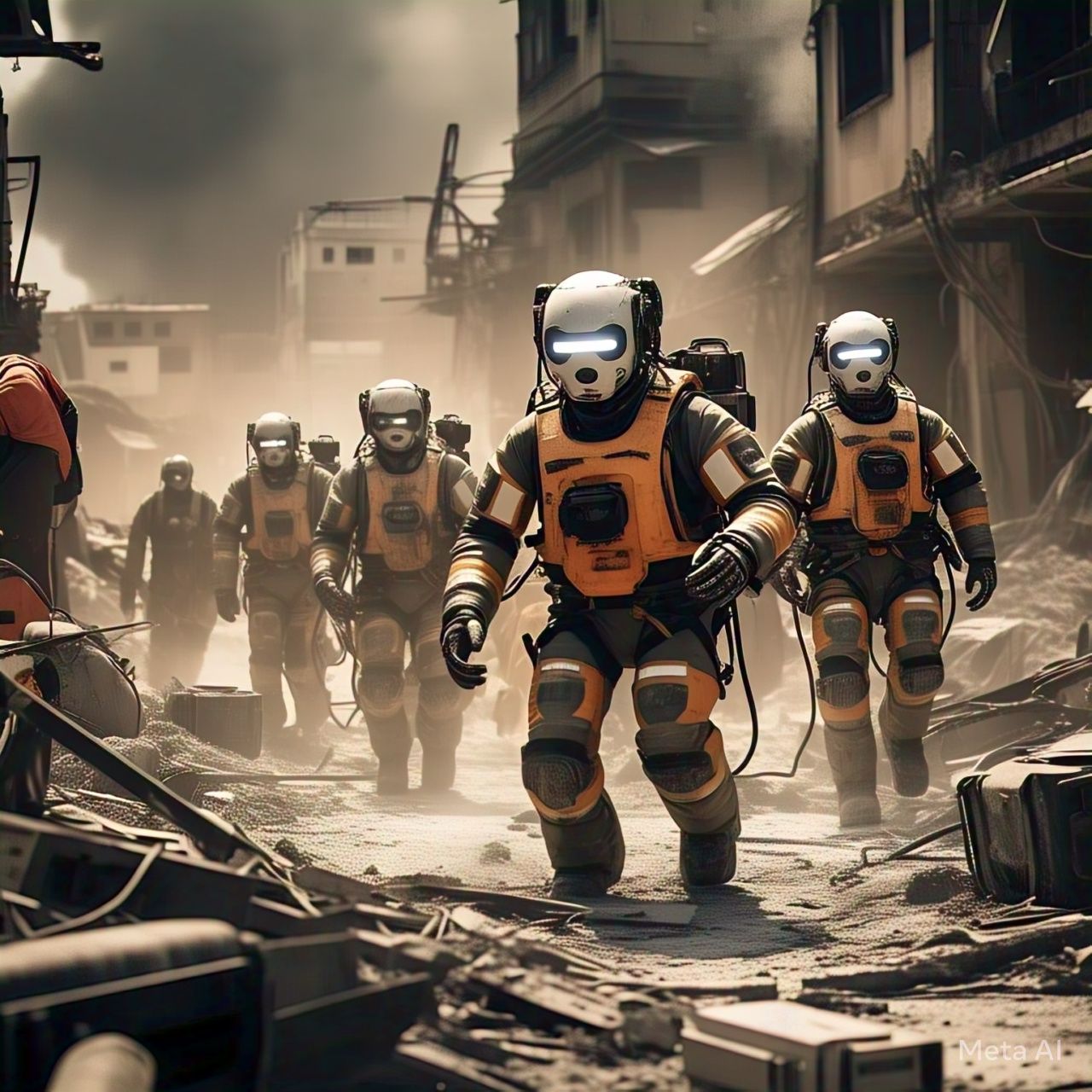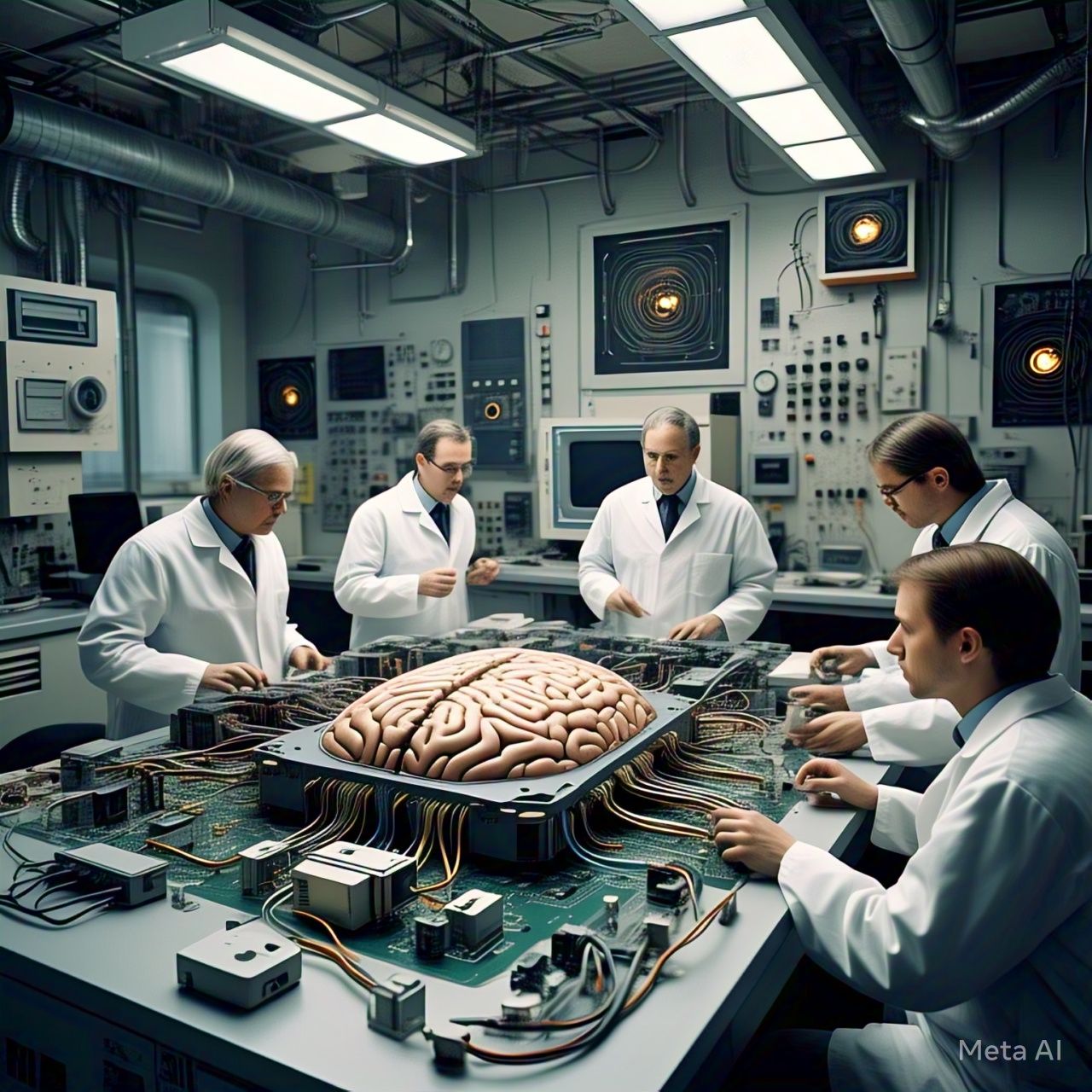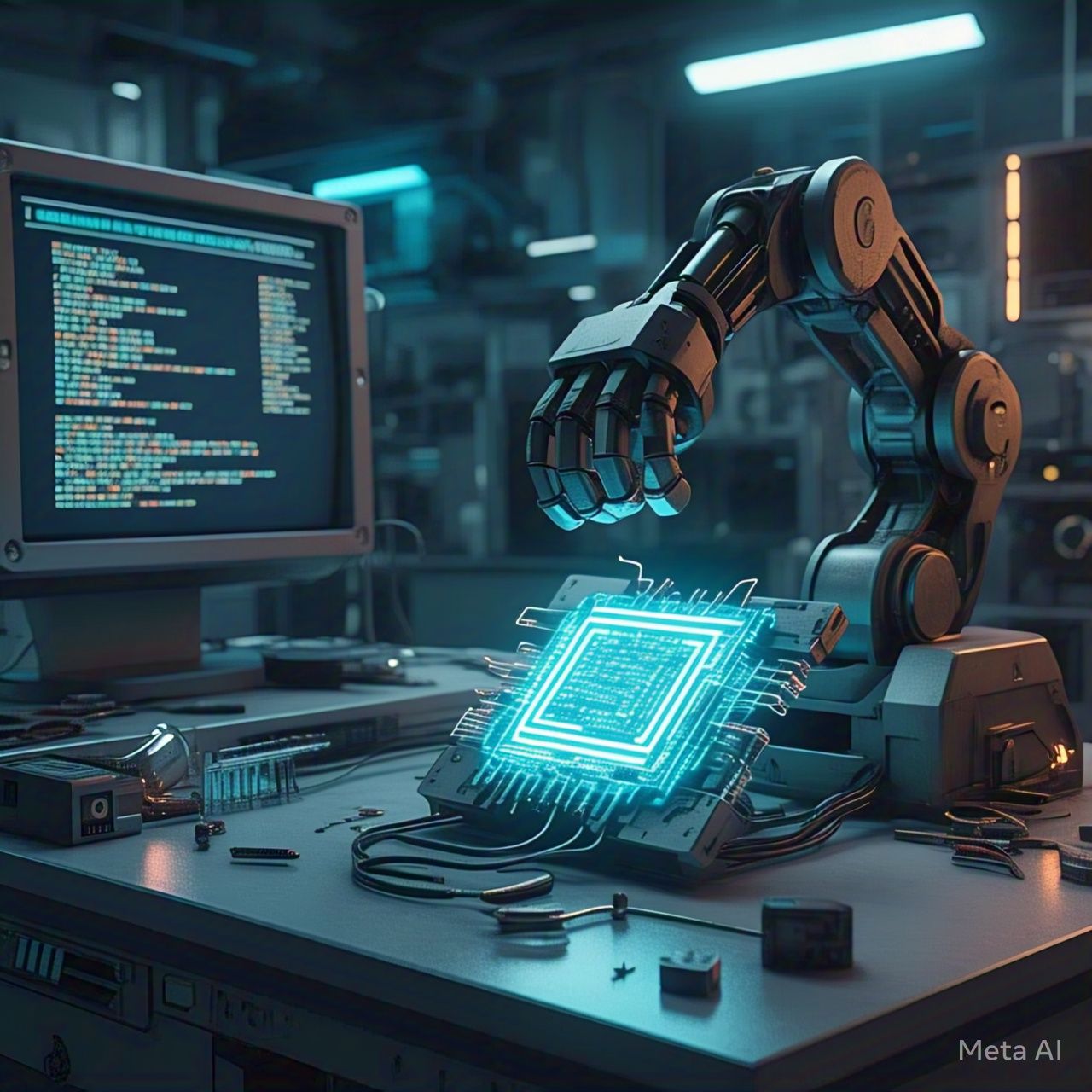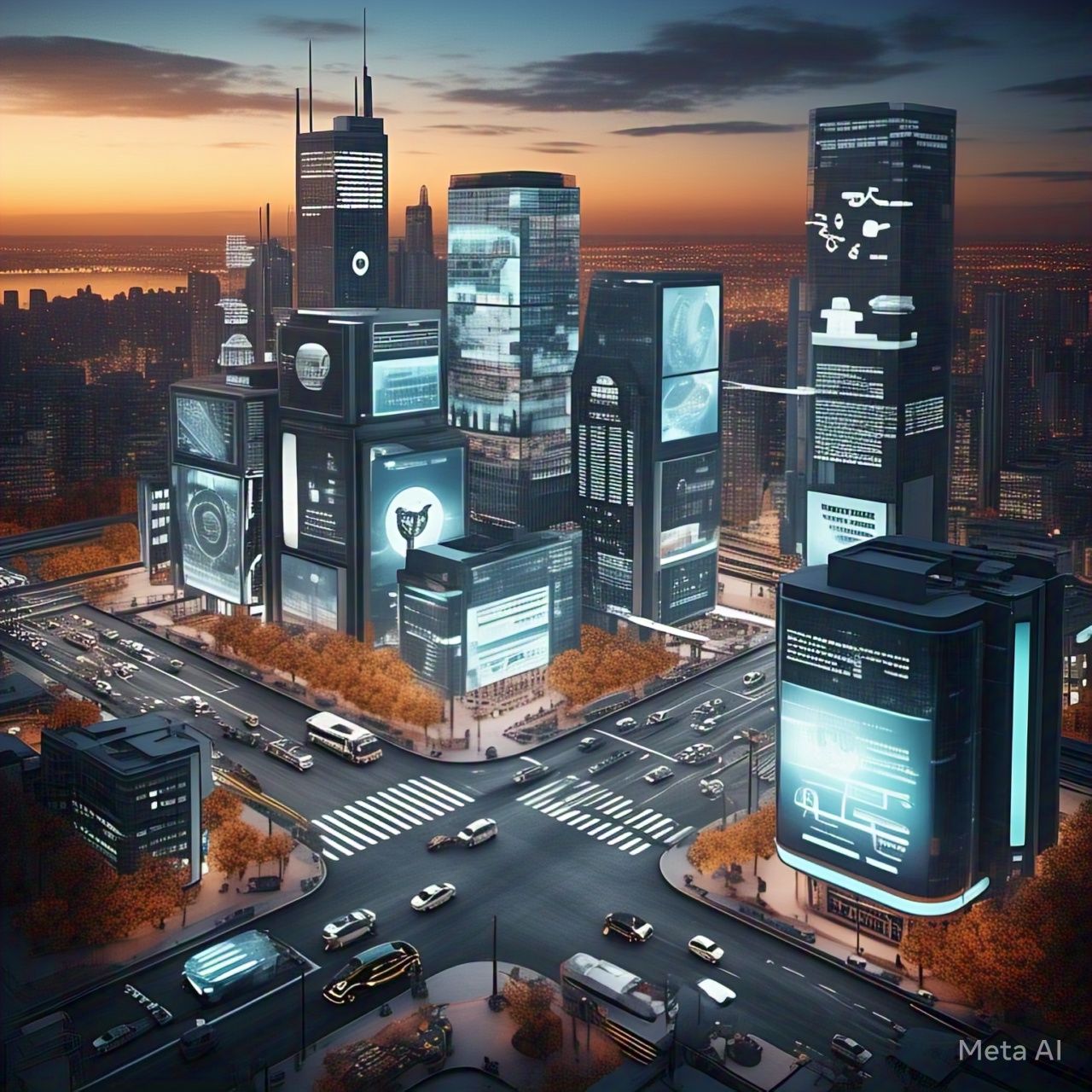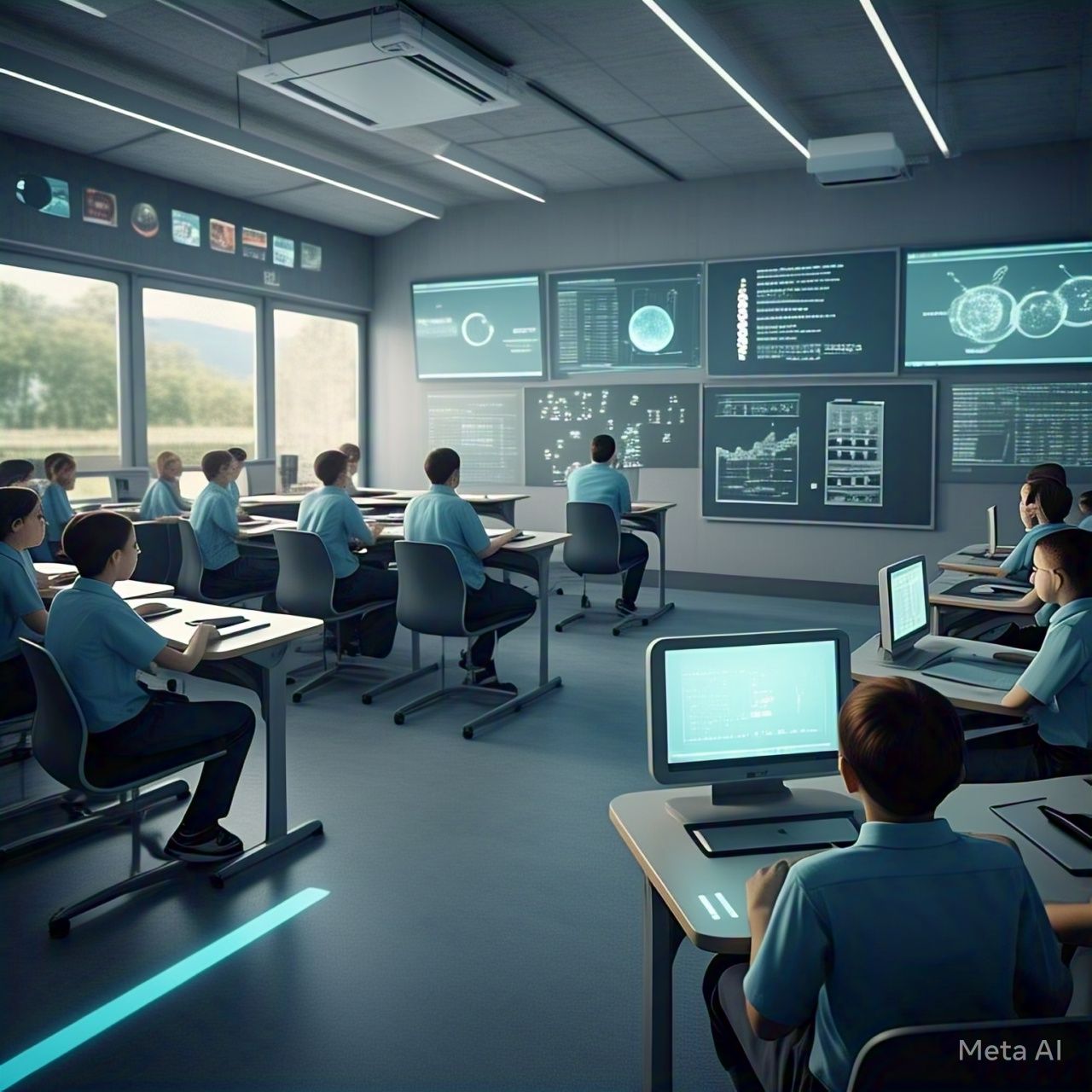Introduction
In times of crisis, every second counts. Natural disasters, industrial accidents, and emergency situations demand swift and efficient response efforts. AI-powered robots are emerging as game-changers in disaster response, assisting human first responders in search and rescue operations, providing medical aid, and assessing hazardous environments. With their ability to operate in dangerous conditions, AI robots are revolutionizing disaster management and saving lives. In this article, we explore how AI robots are transforming emergency response and their role as the first responders of the future.
How AI Robots Are Enhancing Disaster Response
1. Search and Rescue Operations
AI-driven drones and robotic ground vehicles are equipped with cameras, sensors, and GPS technology to locate survivors in disaster-stricken areas. These robots can navigate through rubble, collapsed buildings, and extreme weather conditions, providing real-time data to emergency teams and improving search efficiency.
2. Hazardous Environment Assessment
AI robots can assess disaster zones where human access is too dangerous, such as earthquake-damaged structures, radiation-exposed areas, or chemical spill sites. By gathering critical information through sensors and thermal imaging, these robots help responders plan safe and effective rescue missions.
3. Autonomous Firefighting and Disaster Mitigation
AI-powered firefighting robots, such as Thermite and Colossus, assist in extinguishing large-scale fires by navigating through smoke-filled buildings and operating high-pressure water hoses. These robots reduce the risks faced by human firefighters and improve response efficiency.
4. Medical Assistance and Emergency Aid
Robotic medical assistants can deliver first aid, transport medical supplies, and even perform remote surgeries in disaster zones. AI-powered robotic stretchers and exoskeletons help injured victims reach safety while reducing the strain on human responders.
5. Predictive Analytics and Early Warning Systems
AI-driven disaster prediction models analyze weather patterns, seismic activity, and real-time data to forecast potential disasters and minimize their impact. These systems help authorities implement preventive measures, evacuate vulnerable populations, and allocate resources efficiently.
Benefits of AI Robots in Disaster Response
1. Increased Safety for Human Responders
By deploying AI robots in hazardous environments, human first responders can avoid unnecessary risks while still carrying out effective rescue operations.
2. Faster and More Efficient Response
AI robots can navigate disaster zones quickly, providing real-time information, mapping affected areas, and accelerating rescue efforts.
3. 24/7 Availability and Reliability
Unlike human responders, AI robots do not suffer from fatigue and can operate continuously, ensuring round-the-clock disaster relief efforts.
4. Cost-Effective Disaster Management
AI-powered response systems optimize resource allocation, reducing operational costs and improving overall disaster response efficiency.
5. Precision and Accuracy
AI-driven robots analyze and interpret data with high accuracy, helping emergency teams make informed decisions and improving the chances of successful rescue operations.
The Future of AI Robots in Disaster Response
As technology advances, AI robots will become even more sophisticated, featuring enhanced mobility, better decision-making capabilities, and improved autonomy. Future developments in swarm robotics, where multiple AI robots work collaboratively, will further improve disaster response efficiency. Additionally, AI-powered communication networks will ensure seamless coordination between robots and human responders, creating a more integrated emergency response system.
Conclusion
AI robots are revolutionizing disaster response, providing crucial assistance in search and rescue, medical aid, and environmental assessment. As the first responders of the future, these intelligent machines will continue to evolve, making disaster management safer, faster, and more effective. With AI-driven innovations, the world is better equipped to handle emergencies and protect lives in times of crisis. Are we ready to embrace AI as an indispensable ally in disaster response?
